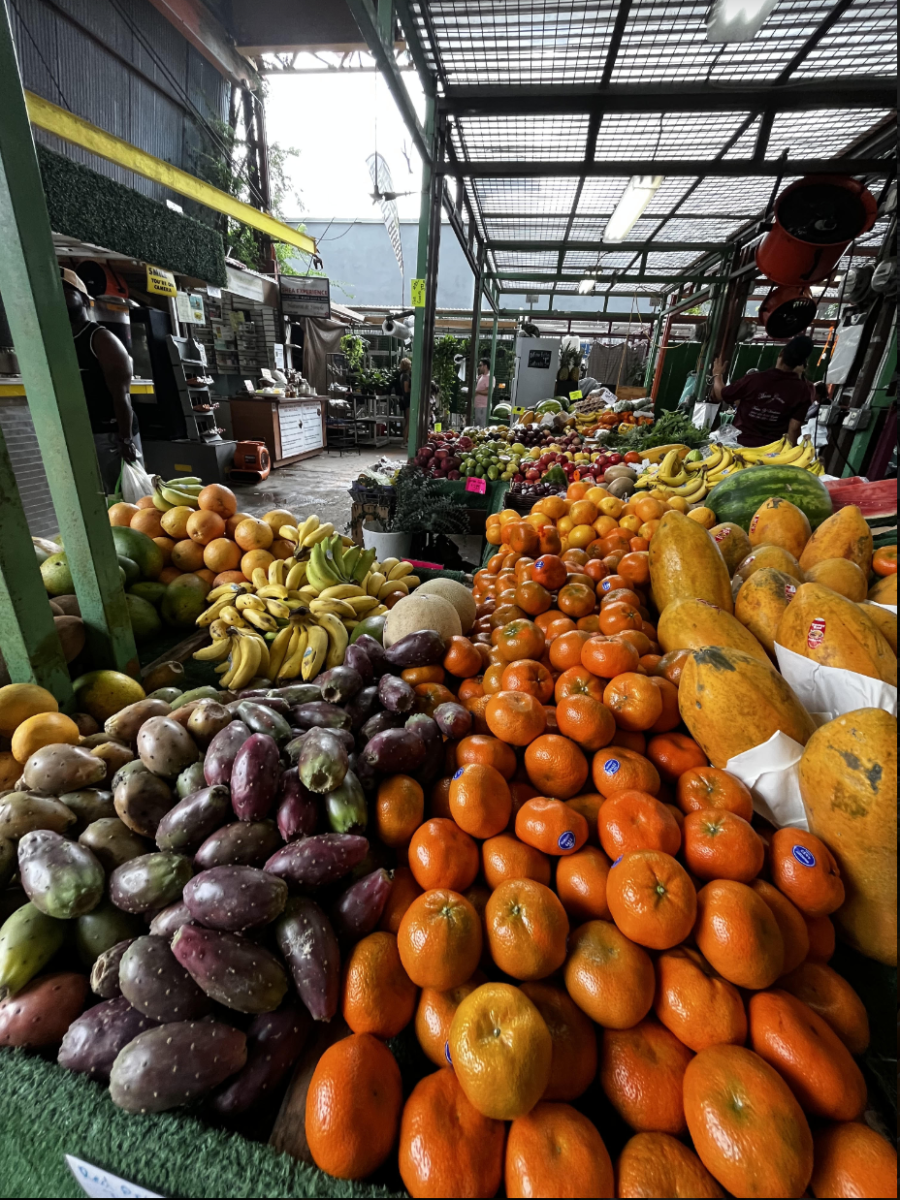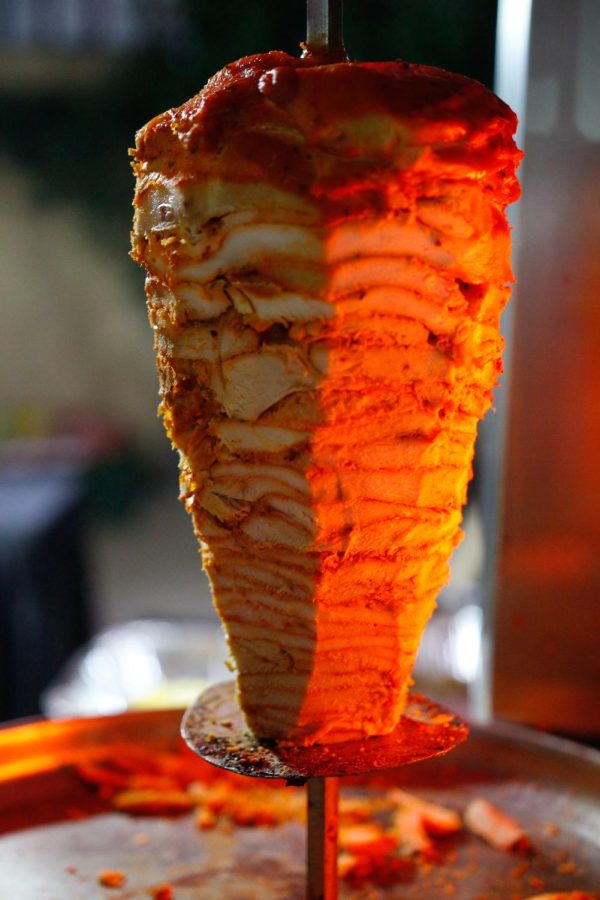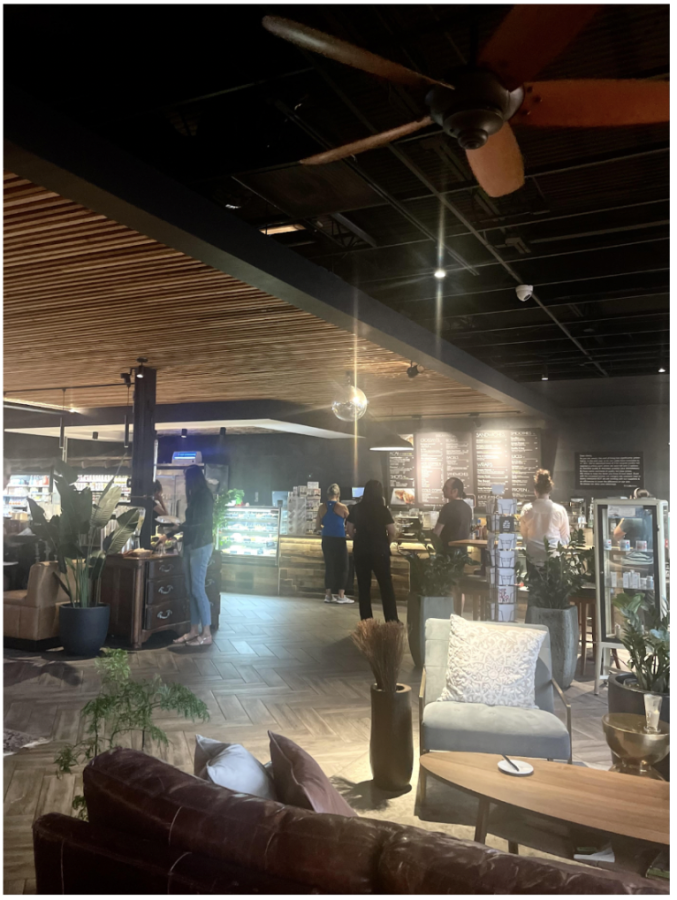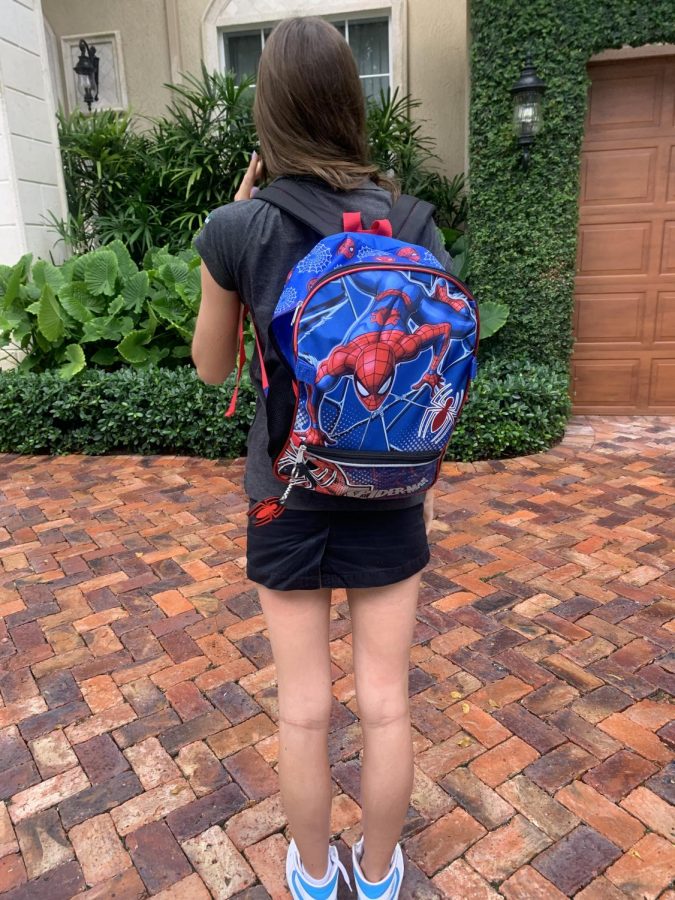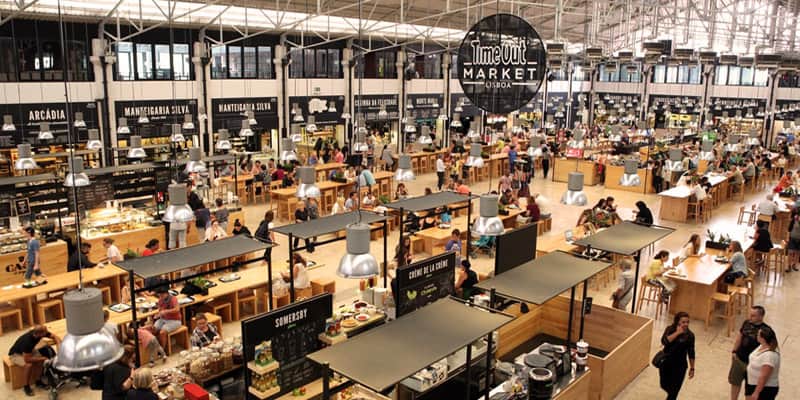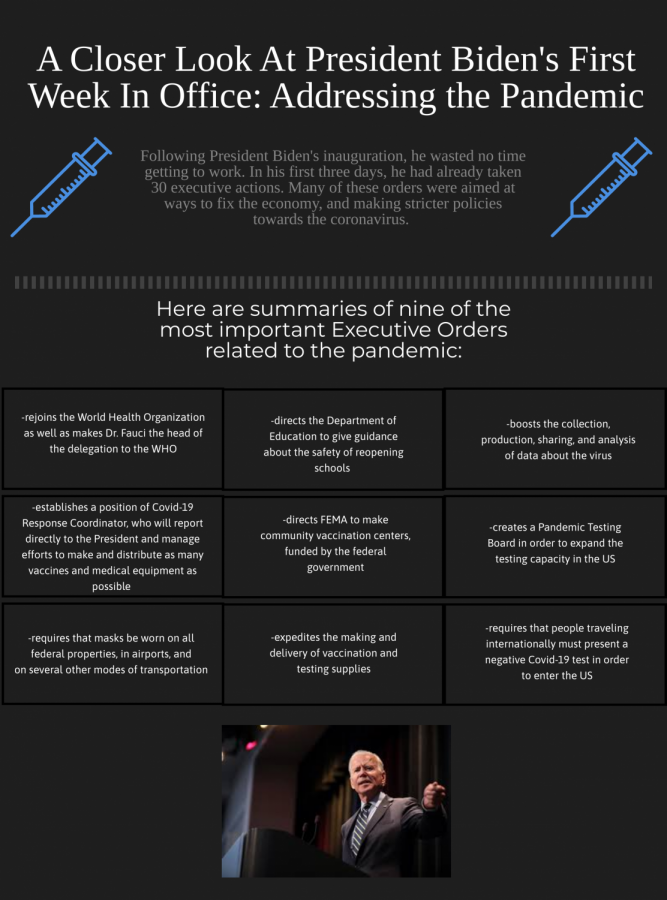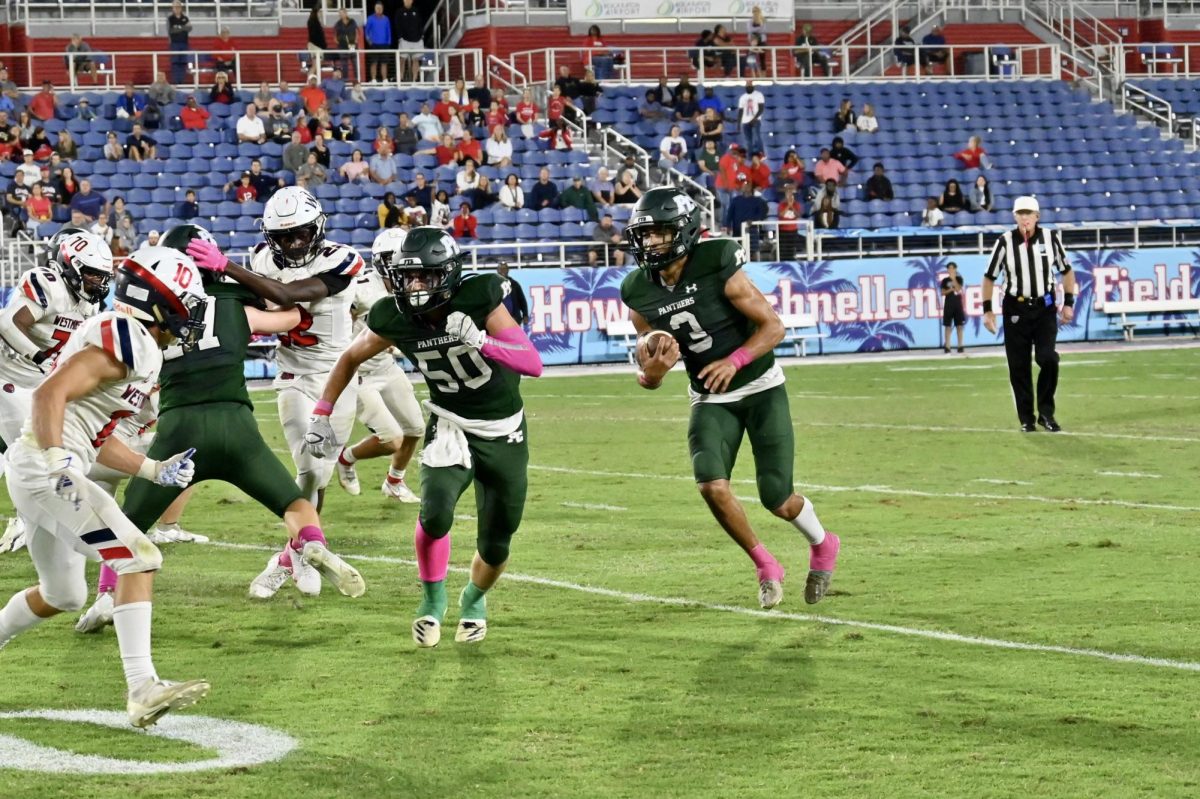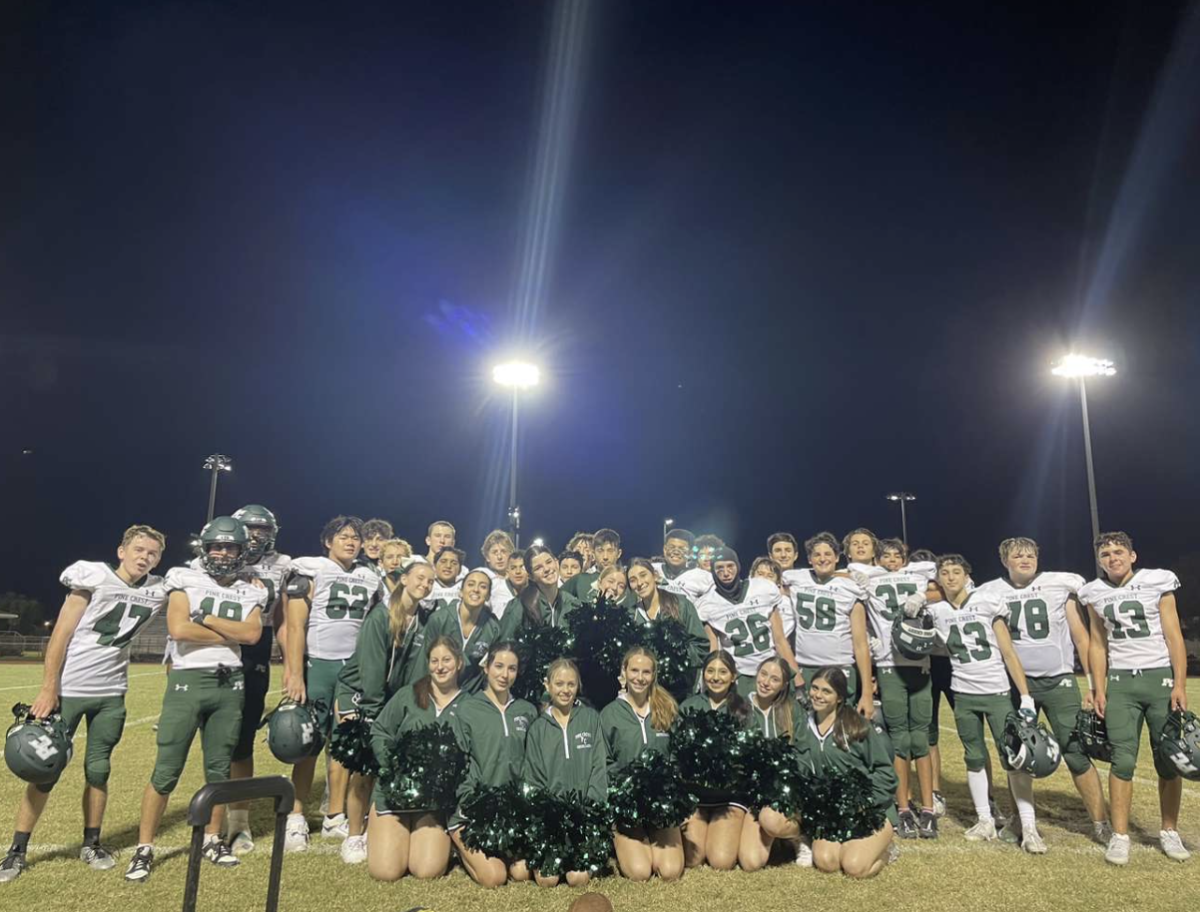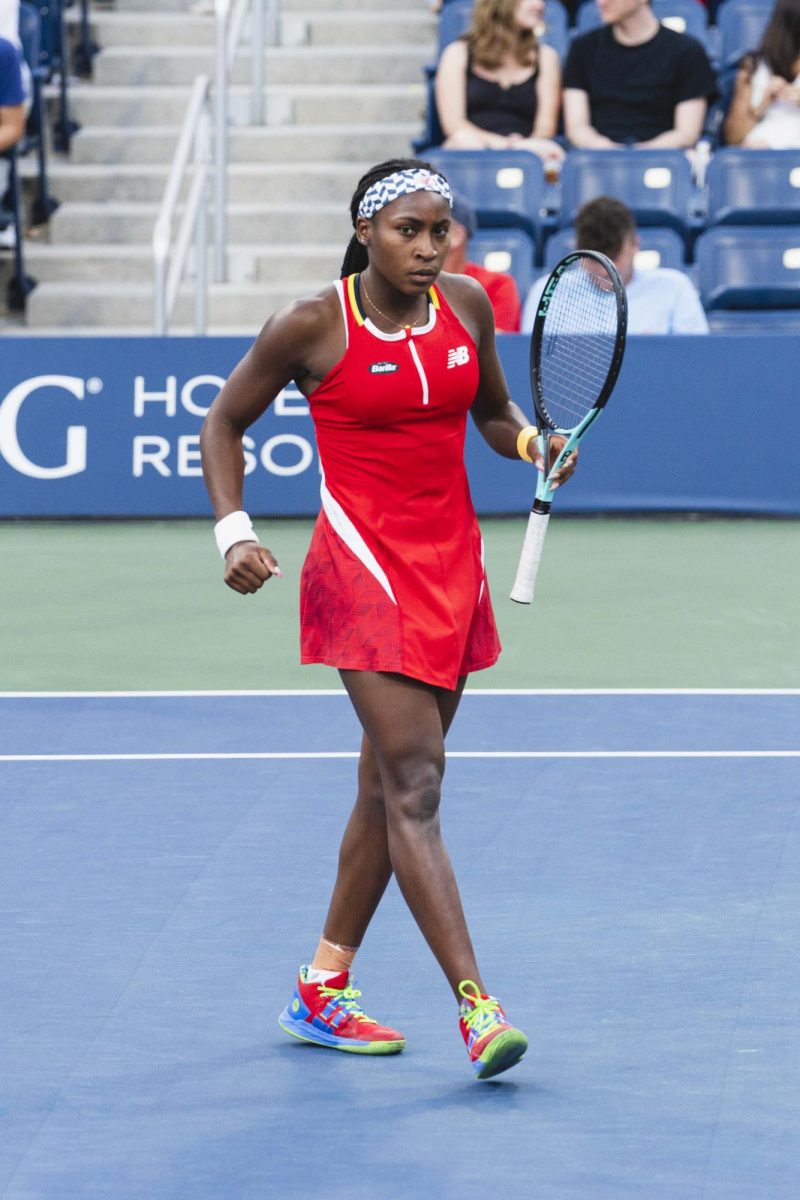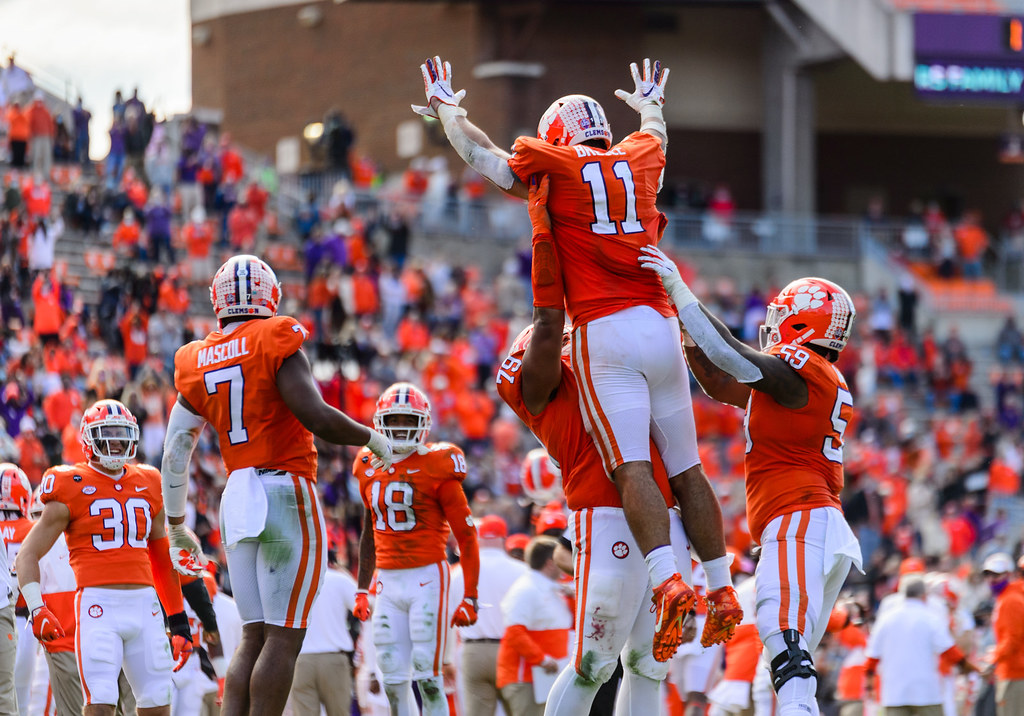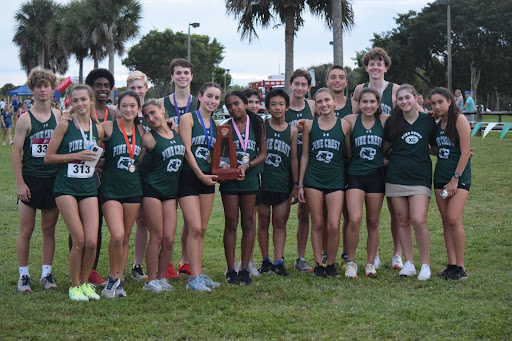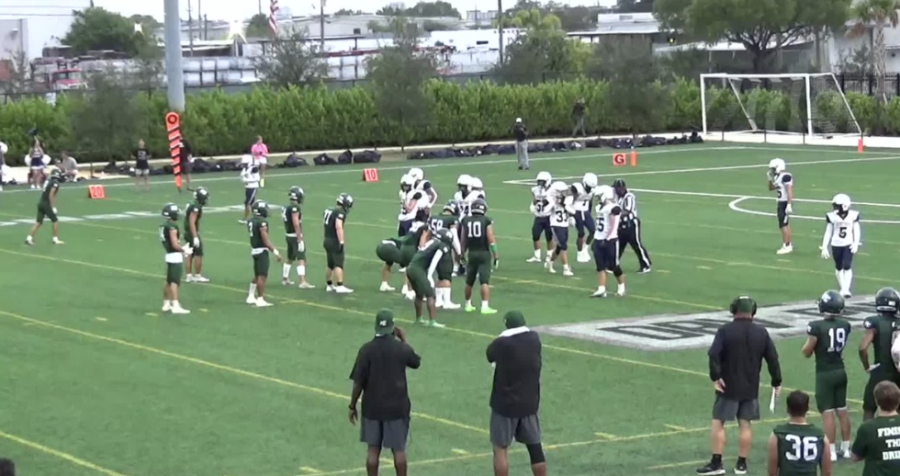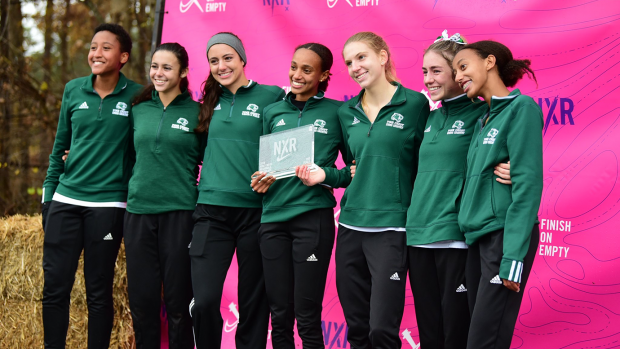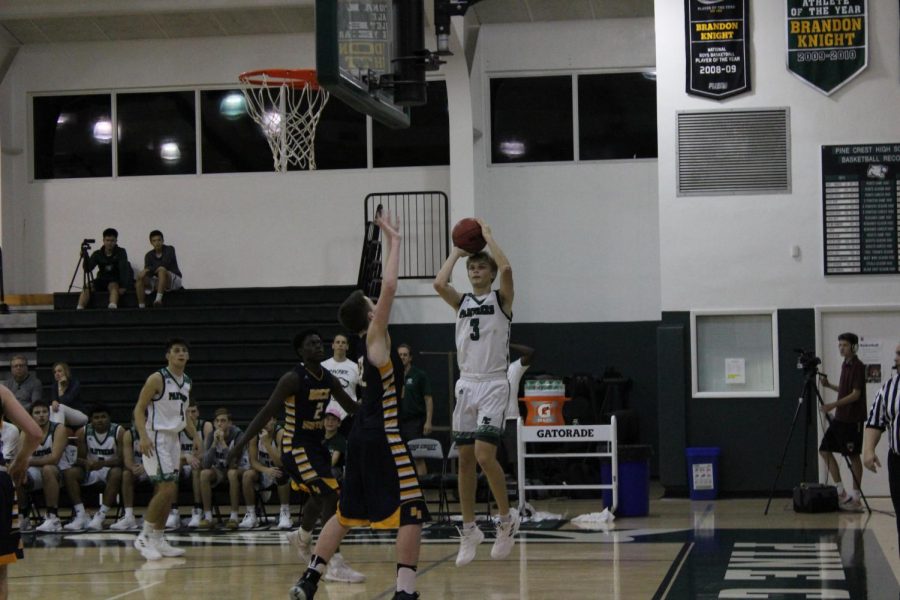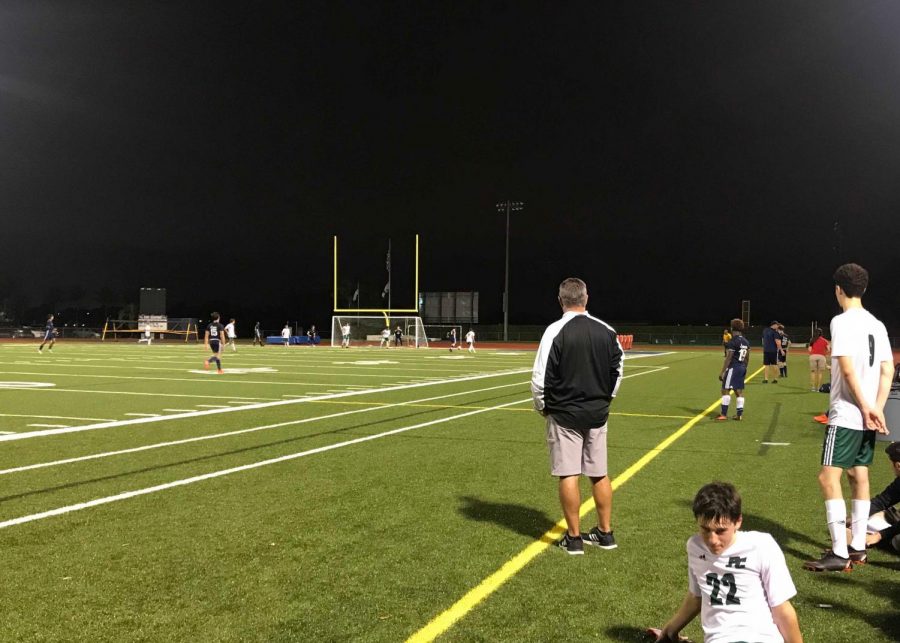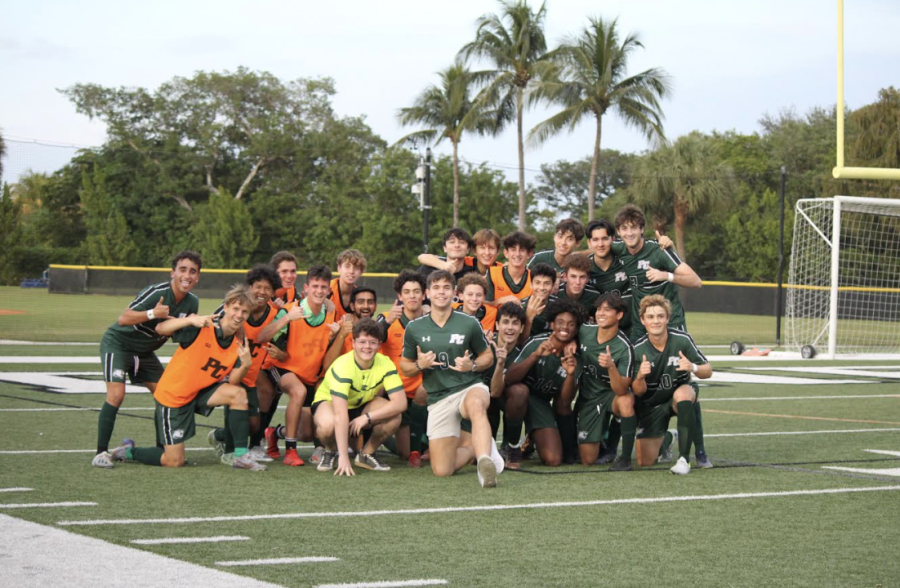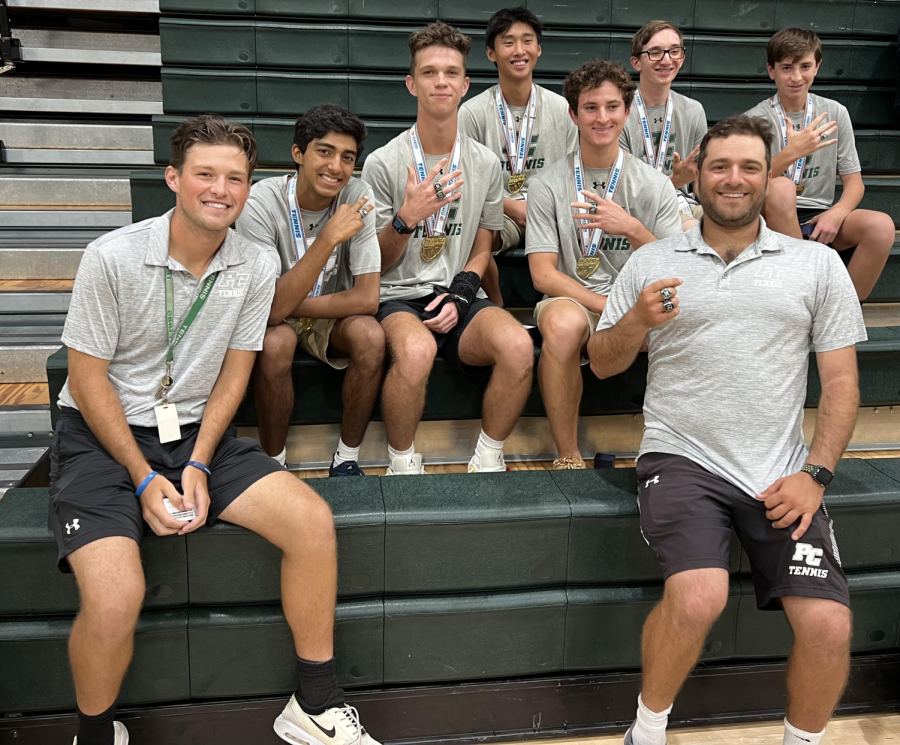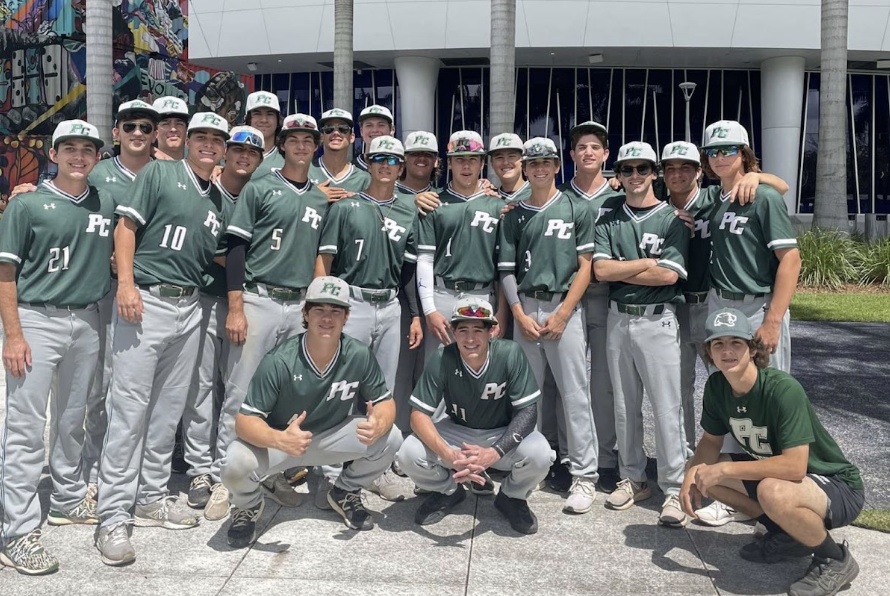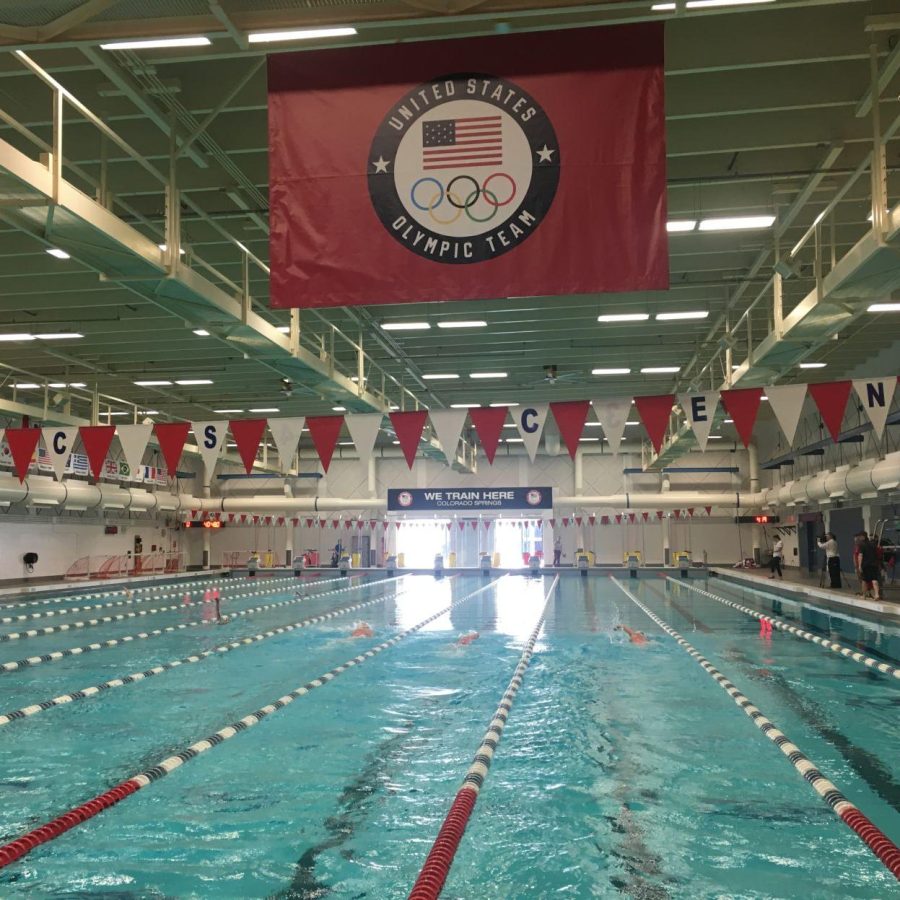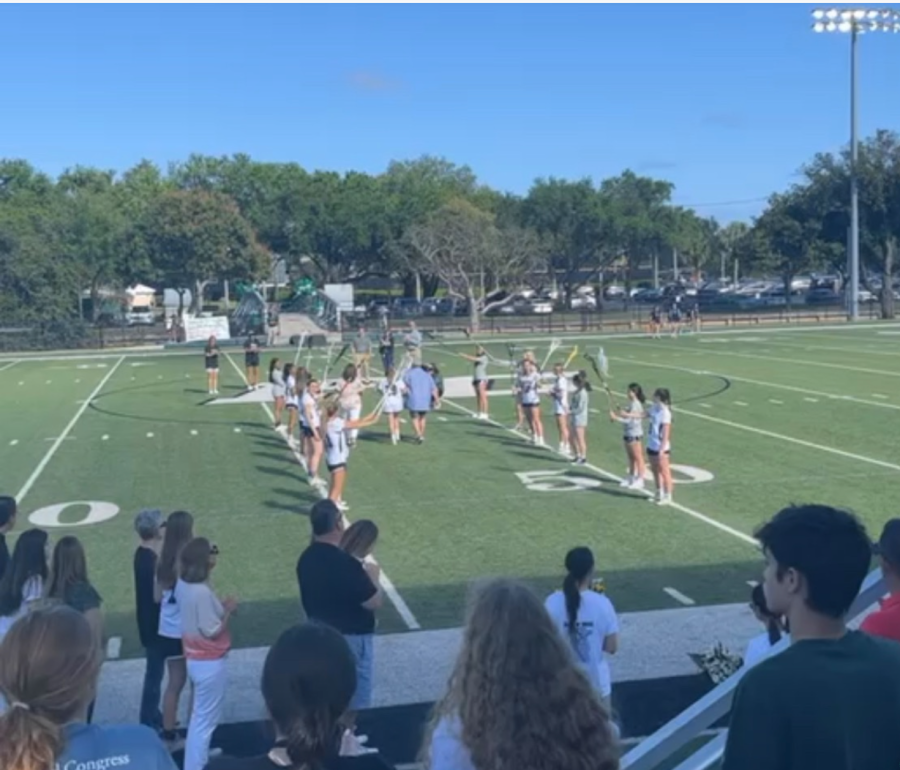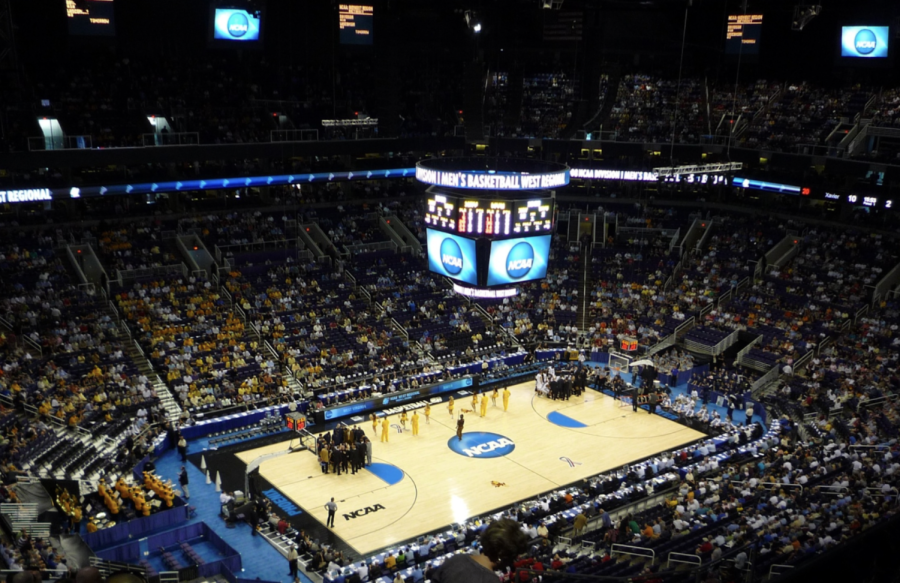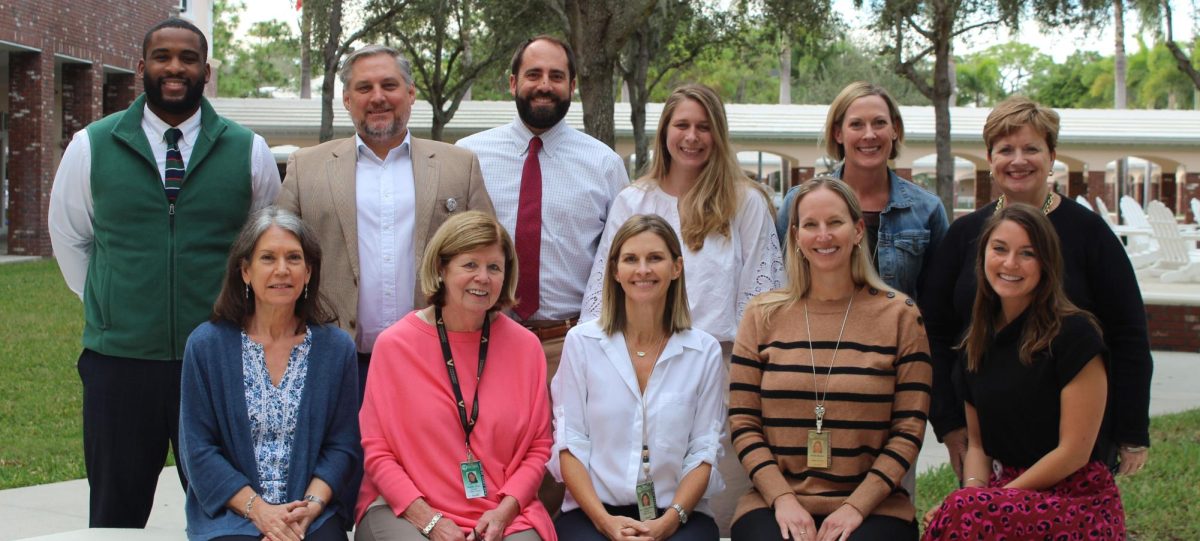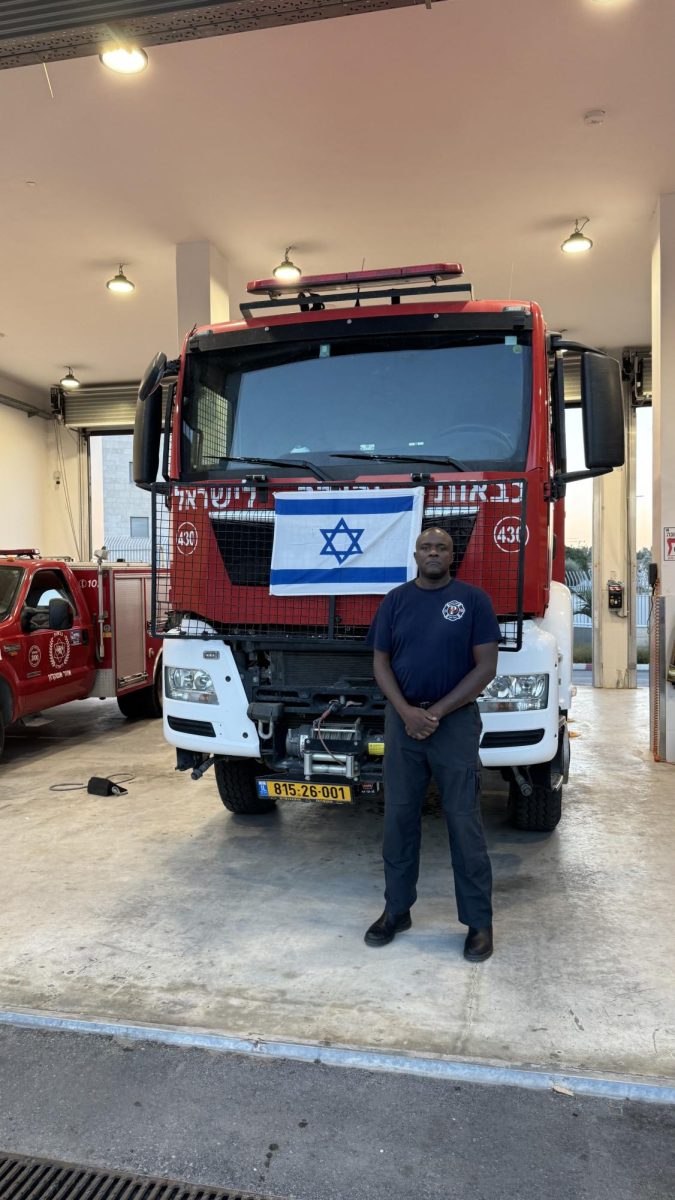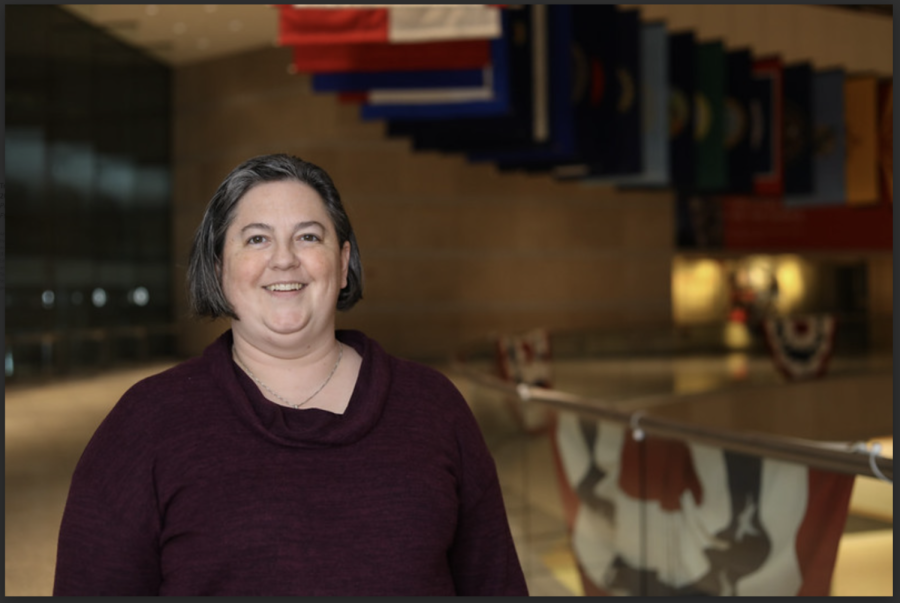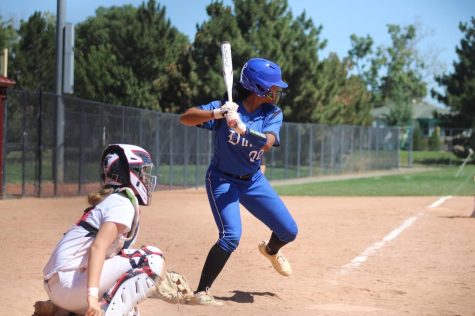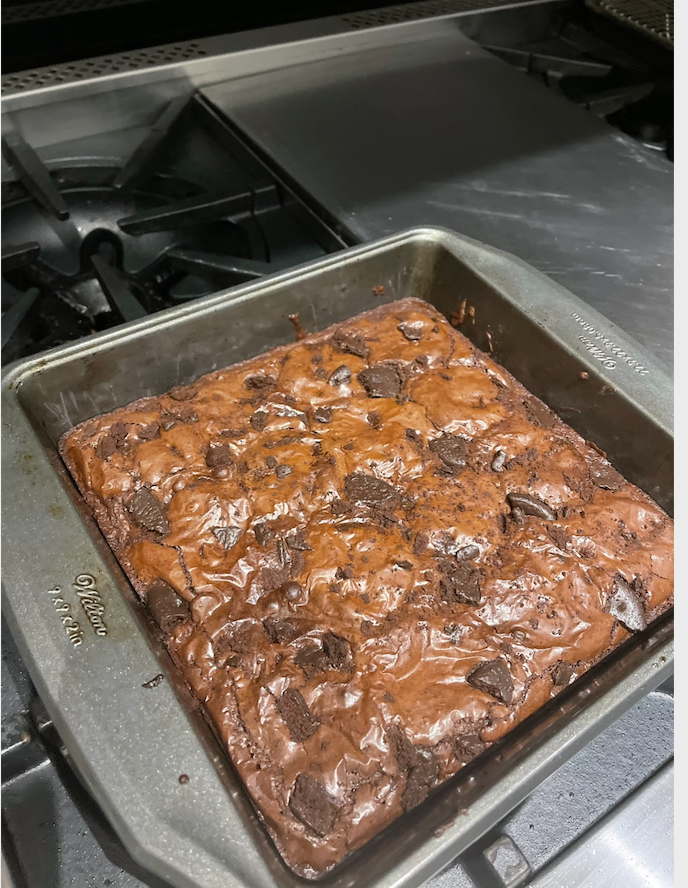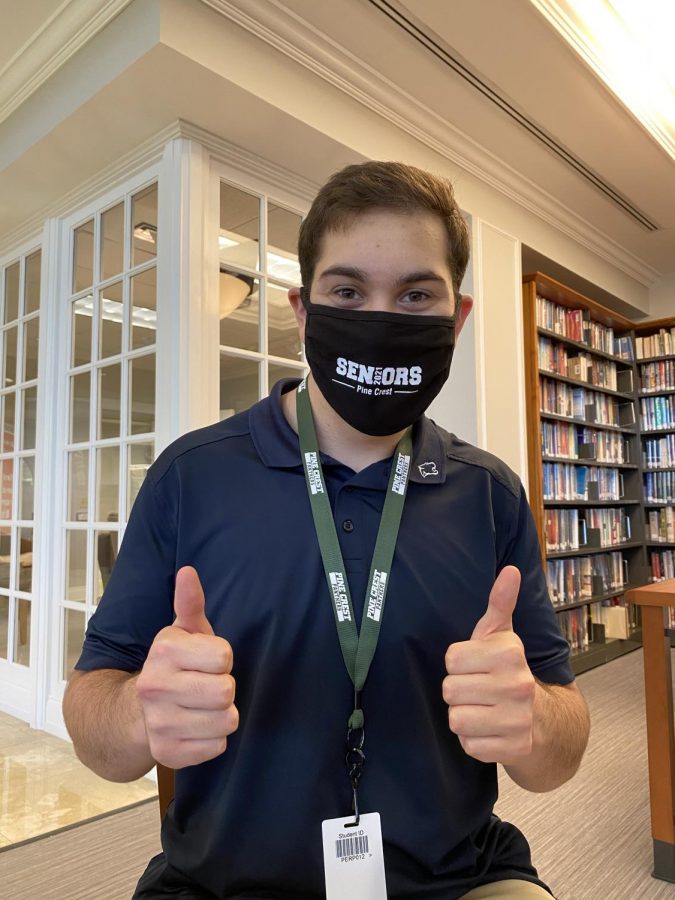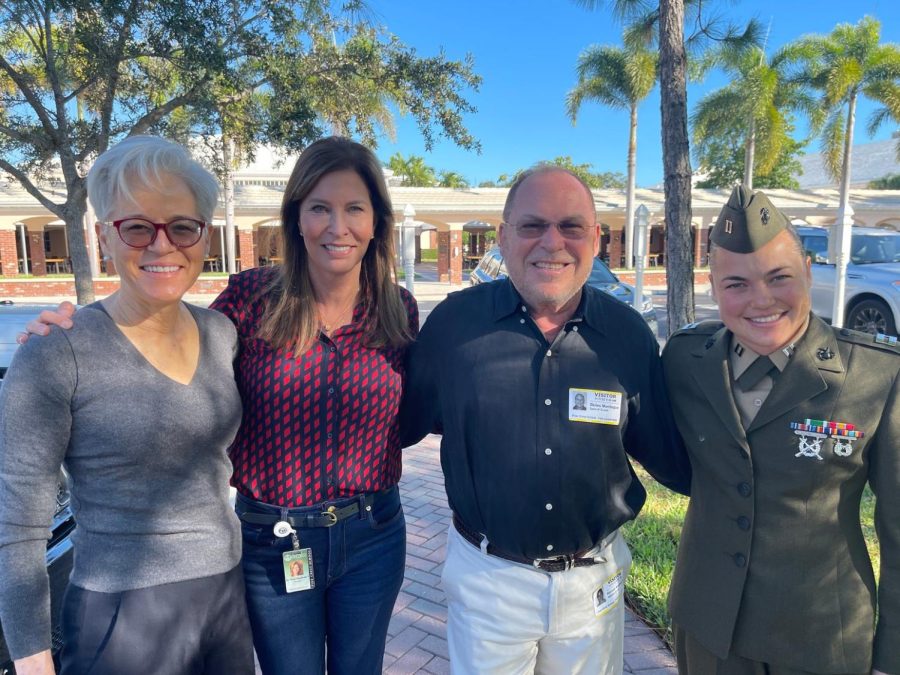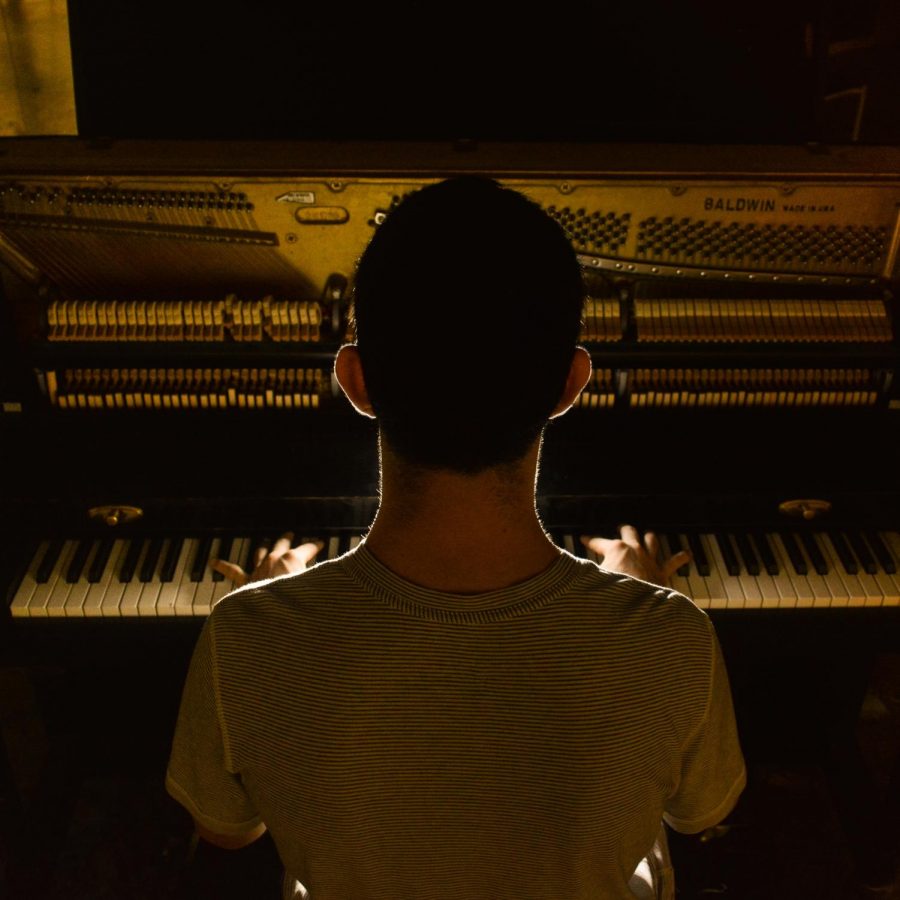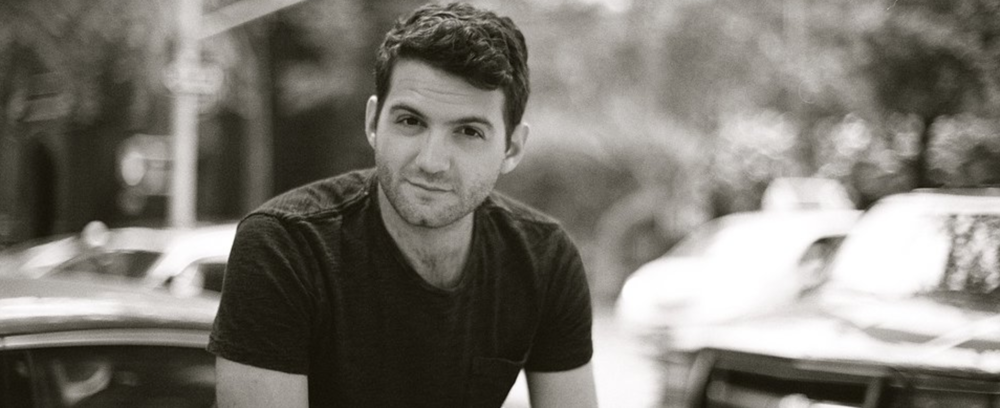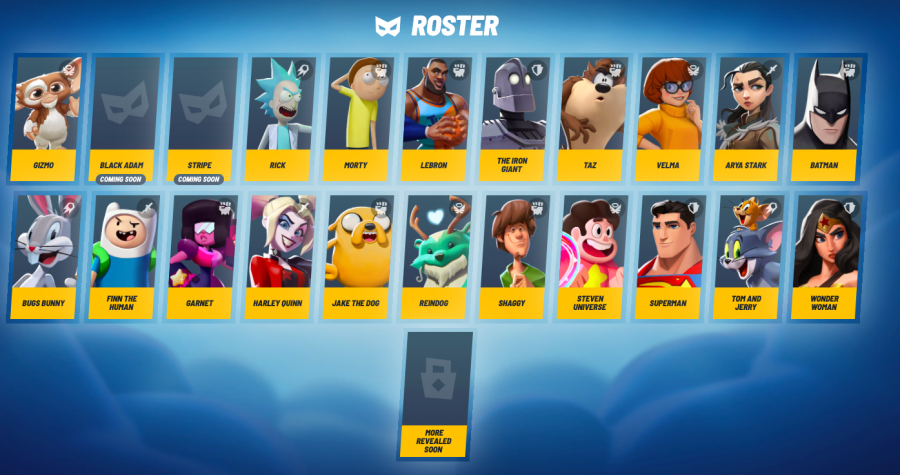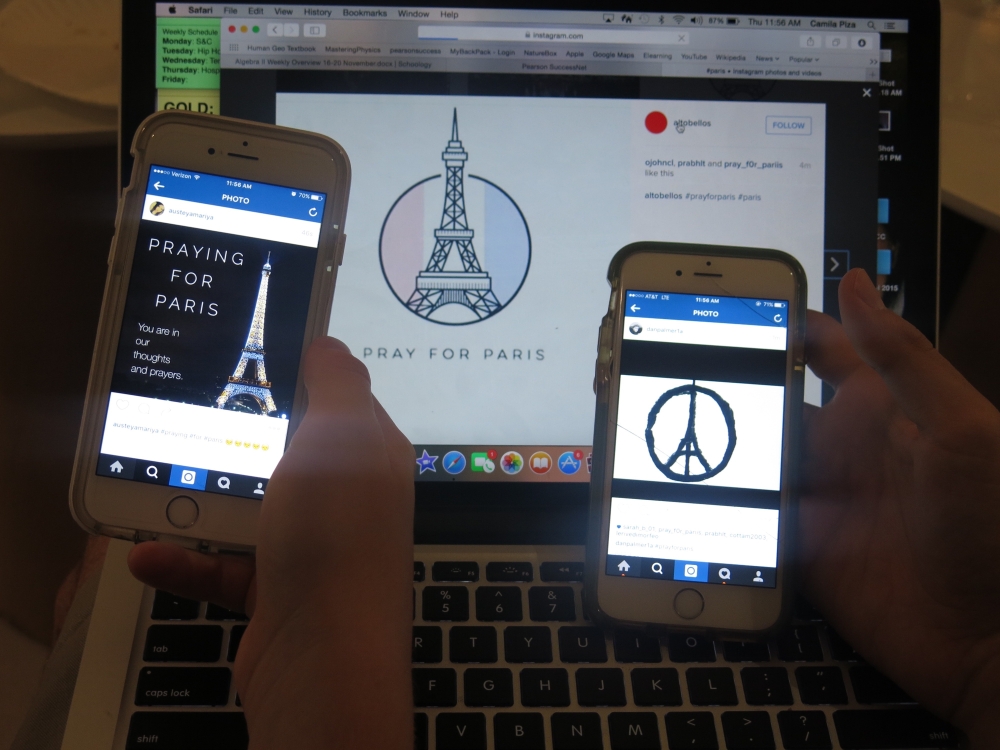[ot-caption title=”Pine Crest students show their support for Paris via social media. (via Camilla Piza, freshman)”]
Just over a week ago, on November 13, Paris, France was devastated by terrorist attacks. The attackers bombed locations in Paris and shot innocent people in restaurants, bars, the Bataclan Concert Hall, and the Stade de France during a soccer game. The result was 129 deaths (known to date). It was a traumatic night for the people of France, as well as those all around the world. People took to social media in order to express their support for those affected.
While those outside of France could show their support for the victims via social media, those in Paris were able to use these networking sites to their advantage as well. After the attacks, Facebook created the option for people in Paris to “check in,” allowing their family and friends throughout the world to know that they were safe. Other victims of the attacks used social media as an outlet to post their personal stories surrounding the terrible occurrences of that day; others were able to gain knowledge from these first hand accounts.
When asked about the role social media played in the aftermath of these events, Junior Dani Swords responded, “I actually have a friend who lives in Paris, and when I heard about the attacks, I began panicking; I was worried about her and her family. I thought it was great how Facebook enabled her to check in as ‘safe;’ it was very relieving to me.”
In this scenario, social media had a largely positive effect on those trying to show support from around the world. Especially as teenagers, we often feel as if there is not much we can do to help, but social media enables us to get involved and make a difference. For example, after the attacks, Facebook introduced a new setting, allowing users to temporarily edit their profile pictures to add the French flag filter. On top of this, people began posting images on Instagram, Twitter, Snapchat and other sites, showing their support. Designs including peace signs containing the Eiffel Tower along with supportive messages were commonplace on social media news feeds.
Others, however, saw the role of social media in the attacks differently. These people believe “slacktivism” is to blame; they claim it is proven that people often post their thoughts in an attempt to show support, but do nothing else to make a difference. In essence, this encourages people not to step up and take action, but instead hide behind a computer screen. Not only do critics see this as ineffective, but also as insensitive. Do people post pictures and status updates in order to portray themselves as good people? Are they just following the crowd? Are they making it about themselves instead of the people who were truly affected?
New technologies allow people from all around the globe to band together in support of France; we are able to create a united front and stand up to these terrorists. At the same time, social media may be preventing people from contributing further support to the people of Paris. Did you take part in this social media sensation? And, did your assistance and support stop there?

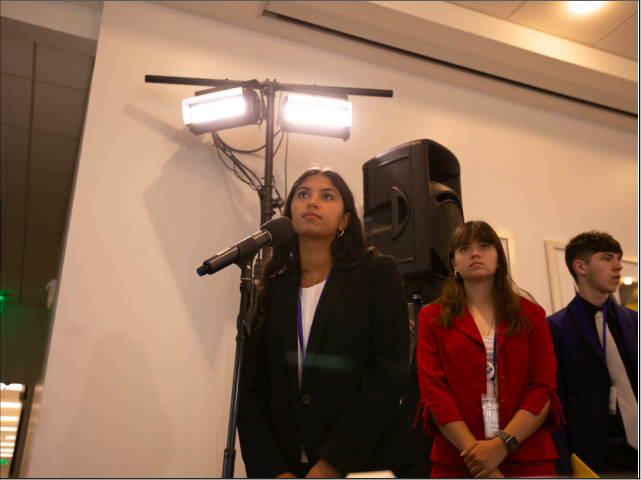

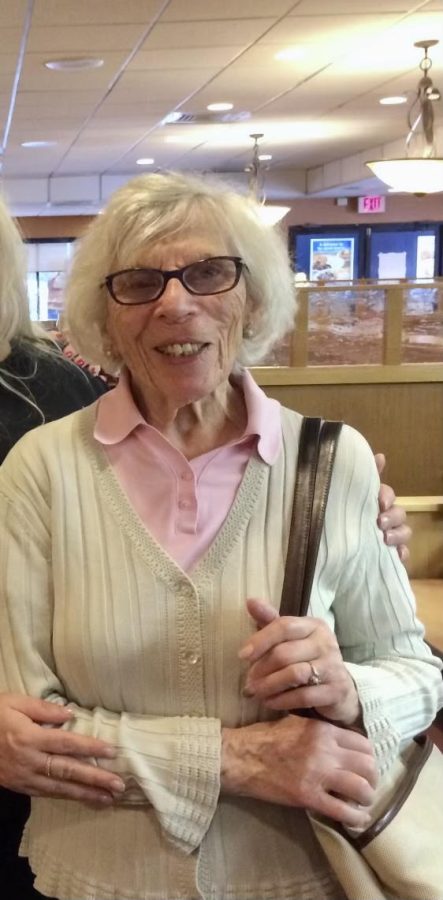
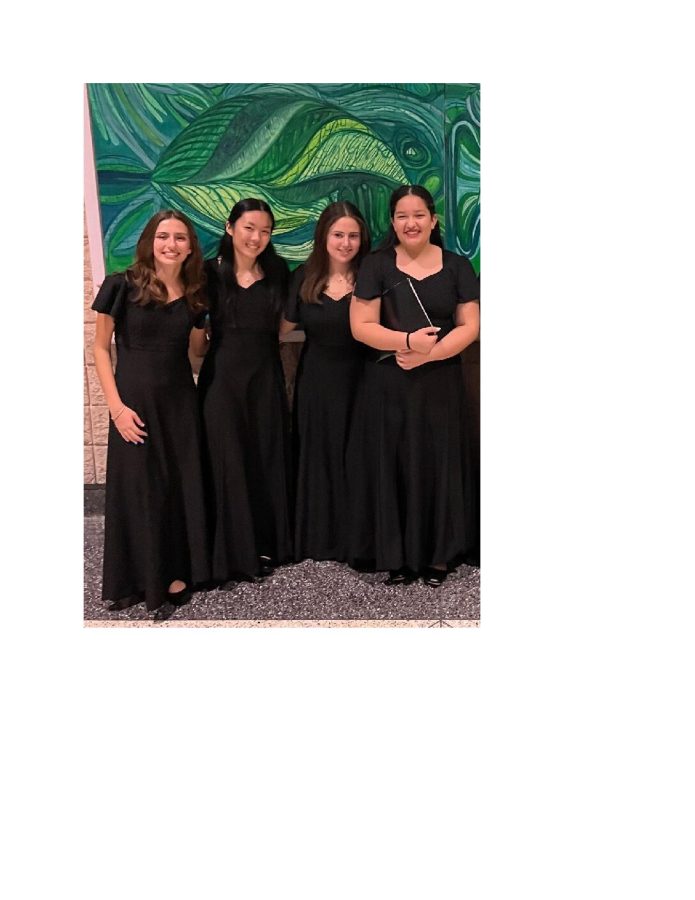





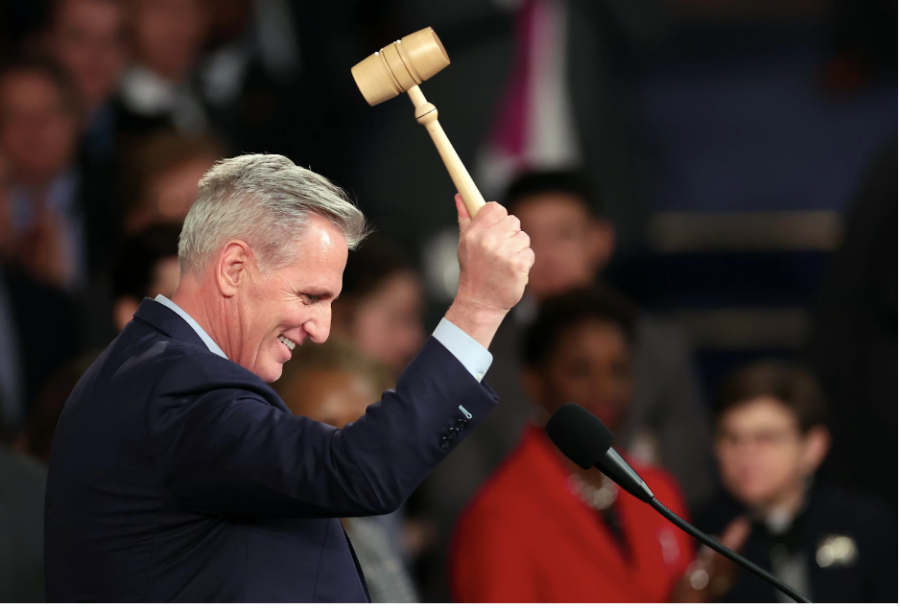
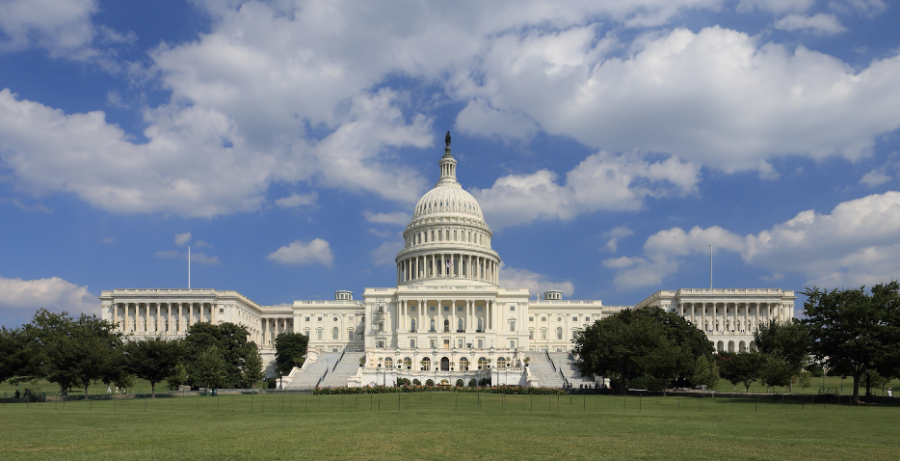
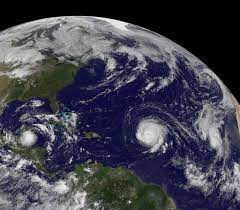

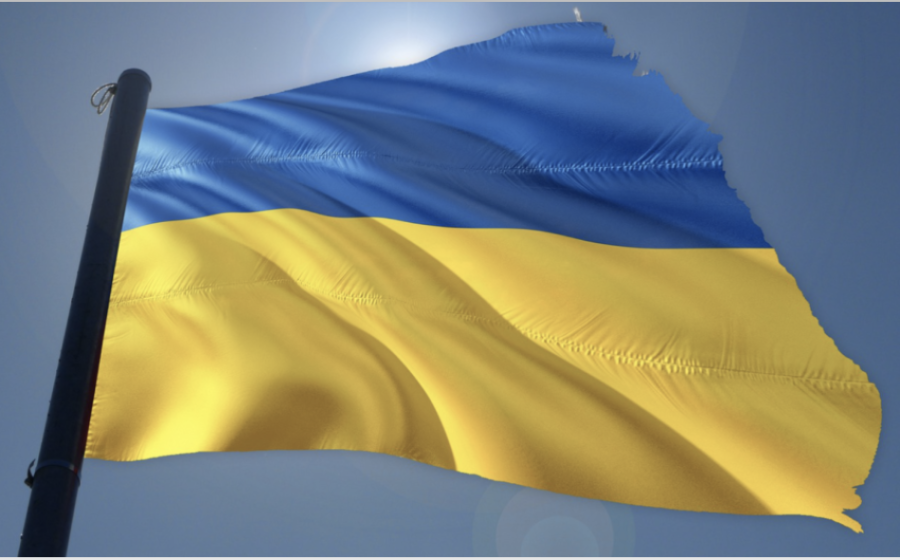

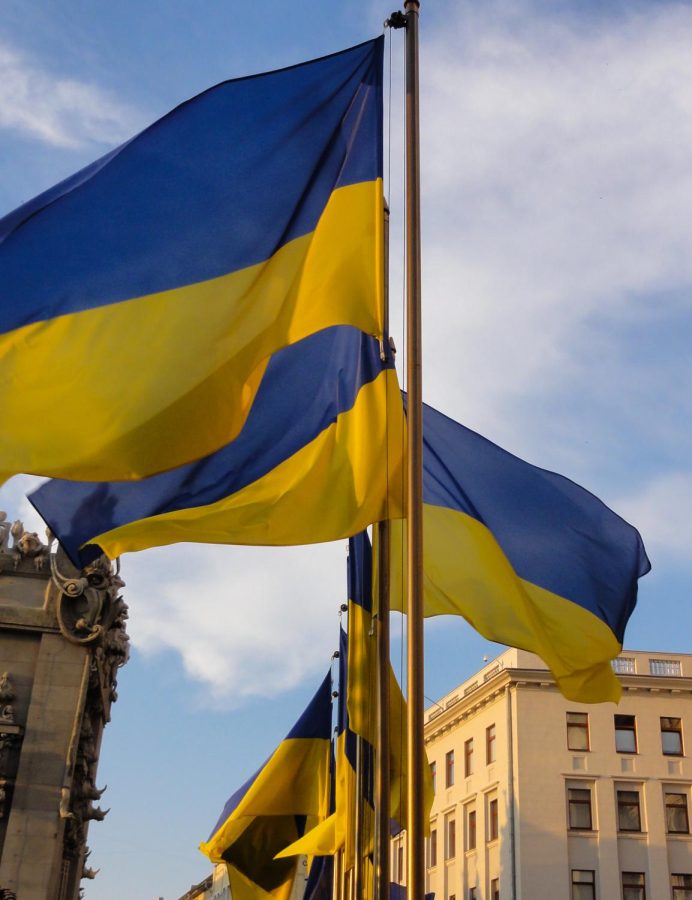
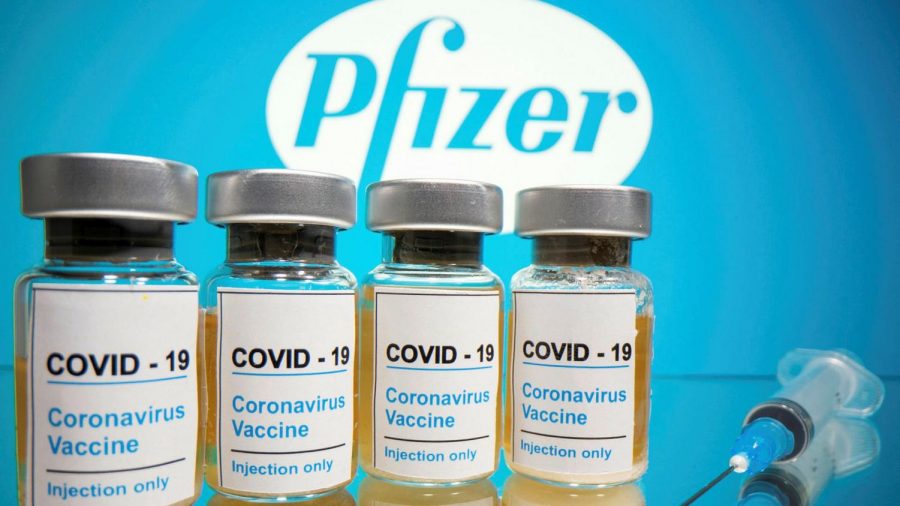




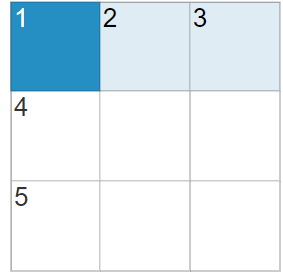
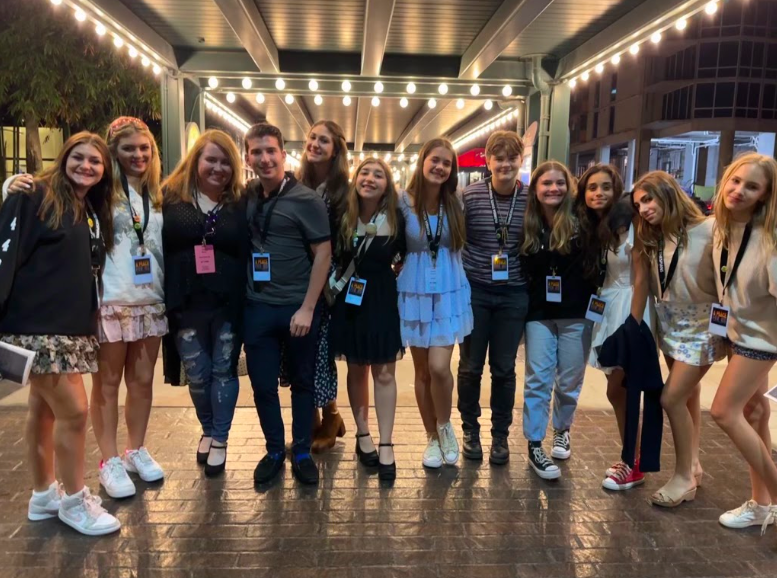
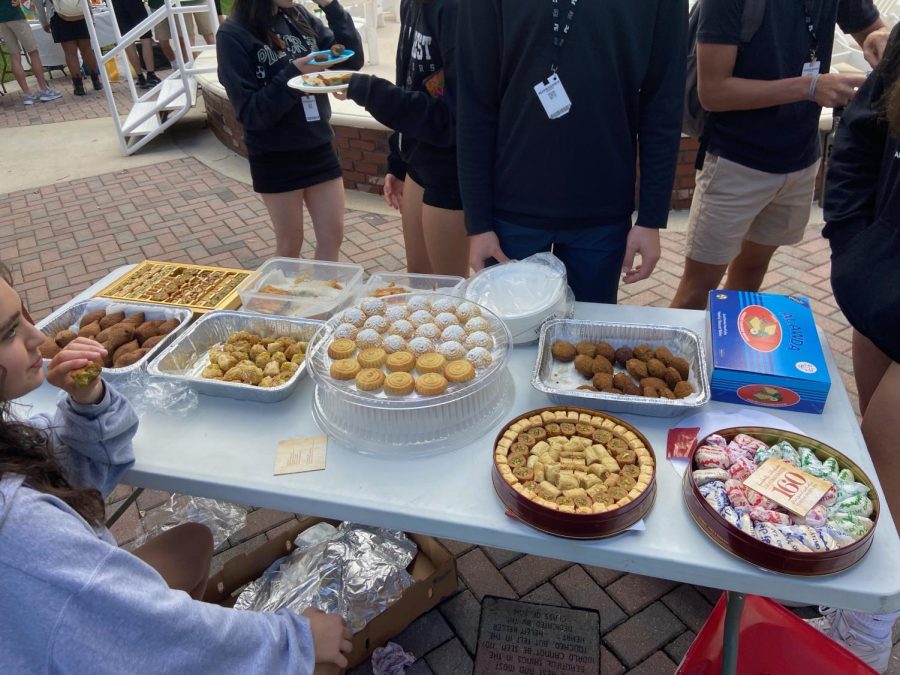
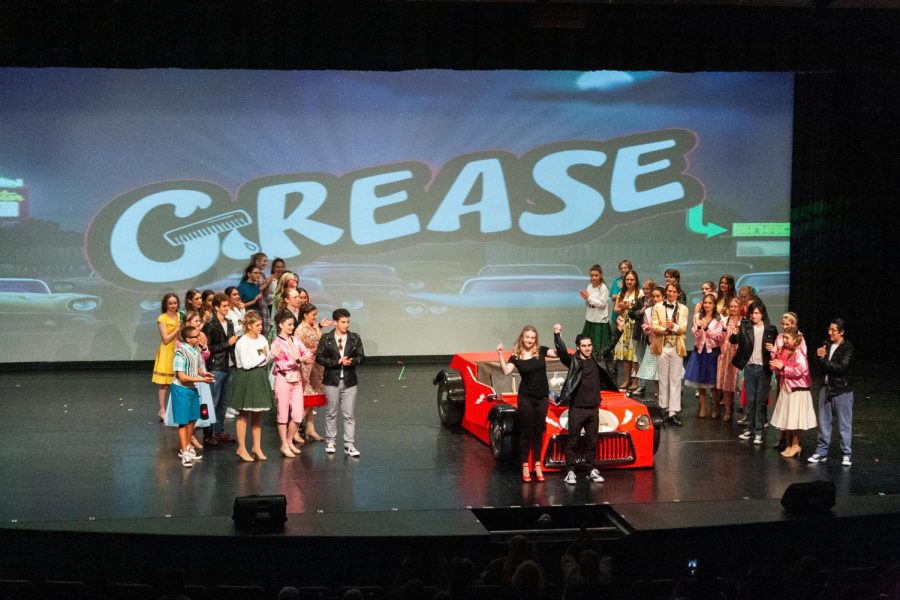






![Stranger Things 4: What to Expect [Warning: Contains Spoilers]](https://pcpawprint.com/wp-content/uploads/2021/11/StrangerThings4-900x473.jpeg)







